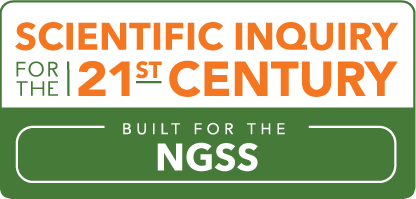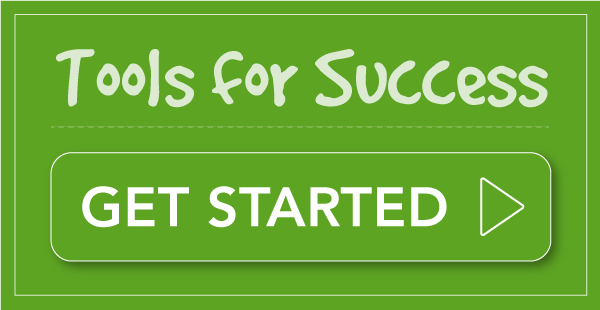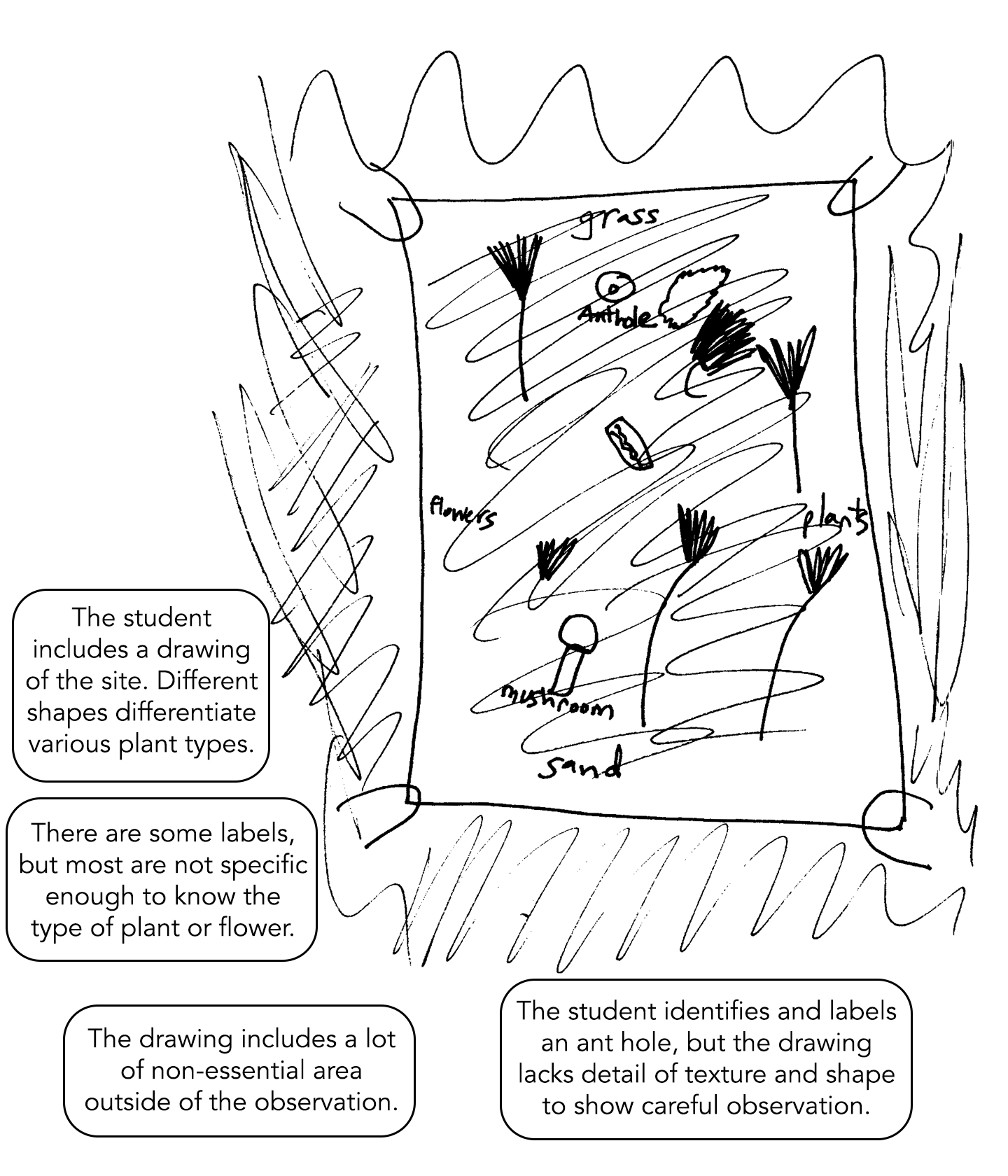How Much Diversity is There in This Habitat?
For this investigation, you will be conducting a type of scientific research called a "field study." Using observations and measurements, you will be describing what you find in 1 square meter of habitat. First, you will locate an area to study and identify the boundaries of your square meter. Try to select an area that appears to have some diversity of plant and animal life.
Once you have marked off your square meter to study, draw a picture/diagram of what you observe in your site. Try to draw using as much detail as possible. Identify each plant, animal and/or object observed and label them in your drawing.
1 hour or more.
Instructional Support Downloads
Suggested materials
- Clipboards and paper
- Pencils, colored pencils
- Field guides: wildflowers, insects, trees and shrubs, etc.
- Magnifying glasses
- String
- Meter sticks or tape measures
- Garden stakes, wire plant markers or wooden markers (and possibly a hammer or rubber mallet to pound them into the ground if needed)
Task Menu Quick Links
Exemplars Rubrics
Students draw and label a detailed diagram of their habitat site. Both plants and some animal evidence should be noted. Students may use a key for labeling or directly label the objects in the site. Students should show appropriate sizes, shapes and textures for their objects and make observations of all parts of the area observed. There is some evidence that students used a field guide to identify unknown plants or objects.
A somewhat detailed drawing/diagram of the site is included. Different shapes differentiate the plant matter. There are no labels or identification of what is in the site. Some insects are included but are drawn as more cartoon-like than lifelike. Incorrect numbers of legs are shown and smiles are included on the “faces” of insects.
A drawing/diagram of the site is included. There is some detail in the drawings. Different shapes differentiate the plant matter. There are some labels of what is in the site but no specific identification of types (“flowers,” “plants”). The drawing includes a lot of nonessential area outside of the observation space. An animal home ("ant hole") is identified and labeled, but the drawing lacks enough detail of texture or shape to indicate that the student made a careful observation of it.
A detailed drawing/diagram of the site is included. The student seems to have included everything in the site in the drawing. Different shapes and sizes differentiate the plant matter. Labels are included, and there is some evidence that the student began to identify unknown objects ("maple leaf," "fern"). The drawing includes a lot of nonessential area outside of the observation space. Several animal homes ("ant hills") are identified and labeled. Drawings show some detail of texture and shape to indicate that the student made a careful observation of them.
A detailed drawing/diagram of the site is included. The student seems to have included everything in the site in the drawing. Different shapes, textures and sizes differentiate the plant matter. Labels are included, and most of the plants/objects are identified using a field guide ("birch leaves," "fern," "crabgrass," "purple aster"). An animal home ("ant hill") is identified and labeled. The drawing shows detail of texture and shape — indicating that the student made a careful observation of it.






